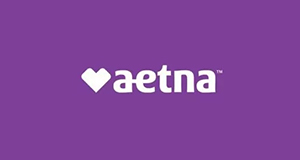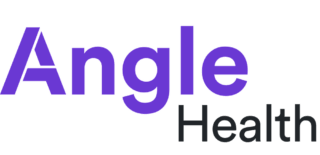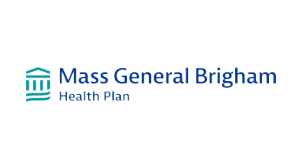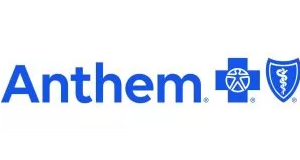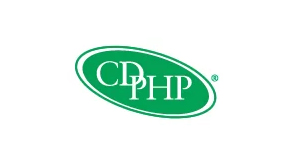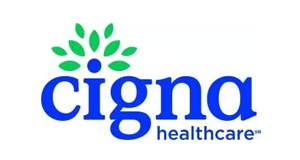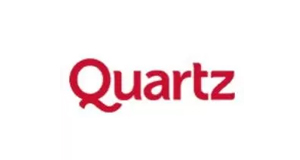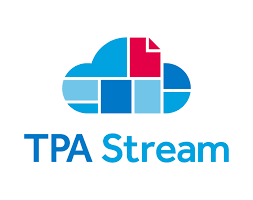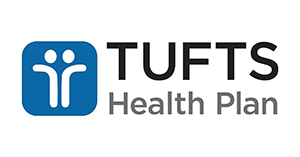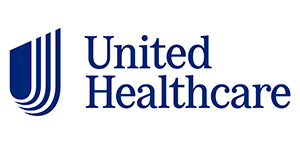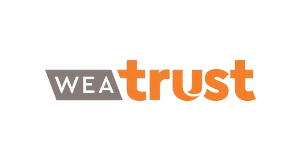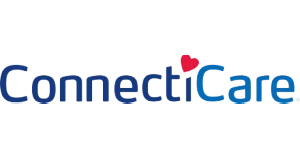
HSA Limits: Maximizing Healthcare Savings
Table of Contents
HSA account holders are now able to contribute more money to their HSA. The HSA contributions limits are adjusted for inflation each year, and HSA annual limits are released every April or May by the IRS.
Límites de contribución a la HSA
The HSA contribution limits for 2026 have been adjusted to reflect the cost of living changes. For individuals with self-only coverage, the annual contribution limit has increased to $4,400. This means individuals can save more money tax-free for their healthcare expenses. For those with family coverage, the 2026 limit has risen to $8,750, offering families an opportunity to contribute higher amounts to their HSAs.
Cotizaciones complementarias
If you are aged 55 or older, you can make additional catch-up contributions to your HSA. The catch-up contribution limit remains unchanged at $1,000 for 2026. This provision allows older individuals to save more money and bolster their healthcare savings as they approach retirement age. Catch-up contributions can provide a valuable opportunity to bridge any gaps in savings and ensure financial security for future medical needs.
Criterios de admisibilidad de la HSA
To qualify for an HSA, individuals must be enrolled in a high-deductible health plan (HDHP).
| 2026 | 2025 | 2024 | |
| Límite de contribución a la HSA (empresario + empleado) | Self-only: $4,400
Family: $8,750 |
Self-only: $4,300
Family: $8,550 |
Por cuenta propia: 4.150
Familia: 8.300 |
| Aportaciones de compensación a la HSA (a partir de 55 años) | $1,000 | $1,000 | $1,000 |
| Deducibles mínimos del HDHP | Self-only: $1,700
Family: $3,400 |
Self-only: $1,650
Family: $3,300 |
Por cuenta propia: 1.600
Familia: 3.200 |
| Importes máximos de desembolso del HDHP (deducibles, copagos y otros importes, pero no primas) | Self-only: $8,500
Family: $17,000 |
Self-only: $8,300
Family: $16,600 |
Por cuenta propia: 8.050
Familia: 16.100 |
Ventajas fiscales
HSAs offer three key tax advantages that make them attractive to individuals seeking to save for healthcare expenses.
1. Firstly, contributions made to an HSA are tax-deductible, reducing your taxable income.
2. Secondly, the funds within the HSA grow tax-free, allowing for potential investment gains over time.
3. Lastly, withdrawals from the HSA for qualified medical expenses remain tax-free.
This trifecta of tax benefits provides individuals with a powerful tool to manage and cover their healthcare costs effectively.
The HSA limits for 2026 present exciting opportunities for individuals and families to save more for their healthcare expenses while enjoying the tax advantages offered by these accounts.
Higher contribution limits allow for greater financial preparedness in the face of medical needs. By understanding the eligibility criteria and tax benefits associated with HSAs, individuals can make informed decisions to optimize their healthcare savings and secure their financial future.
¿Está interesado en saber más sobre la HSA de la Tarjeta Diferencial?
Request a proposal today and learn more about how The Difference Card HSA can offer you a comprehensive solution that combines convenience, savings, and support to enhance your employees healthcare experience.

